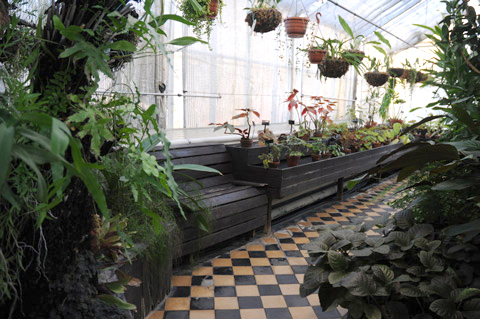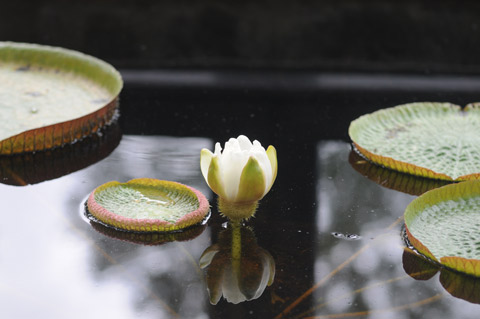
Buildings
Guess where I go whenever it is raining! I go to one of these glass-buildings of course! It is perfect for a busy bee like me, that has no time to sit and wait for the rain to stop! (And that might take a while here!!)

Guess where I go whenever it is raining! I go to one of these glass-buildings of course! It is perfect for a busy bee like me, that has no time to sit and wait for the rain to stop! (And that might take a while here!!)
On the Victoria Lawn you can see the Victoria Pond, iris beds, peonys and beautiful magnolia trees among other things. One of the large trees you can see here is called "handkerchief tree". Can you guess why? It is because of its leaves that turn white and look like handkerchiefs.There are three trees like this in total throughout the garden. Can you find them all?
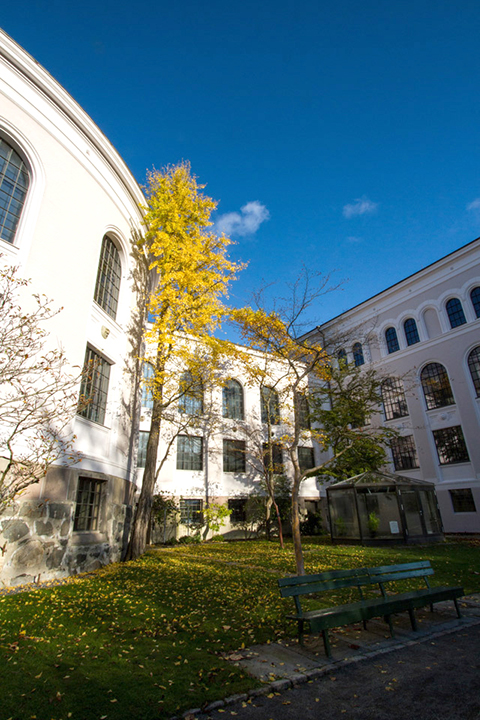
The Victoria Pond just got its own brand new glass house in 2019! It needs this to protect the waterlilys from harsh, cold weather. One of the waterlilys here, Victoria Cruziana, blossoms over two nights only, and only at night. After this, the flower closes again. Because of it's short time of blossoming you can see people who stop by just to check up on the waterlily flower when they take their daily stroll through here. Can you see the gigantic leaves that are floating in there? One leaf like that can carry a weight of up to 50 kilos! (It has to be divided all over the leaf, though, so I would not try to step on it if I were you!
Another tree you can see in this part of Muséhagen is the Ginko Biloba, more commonly known as the temple- or maidenhair-tree. This tree is the highest tree that grows in the north, and is around 90 years old! The yellow leaves are used in medicine, and has recently been used in research concerning Alzheimers disease.
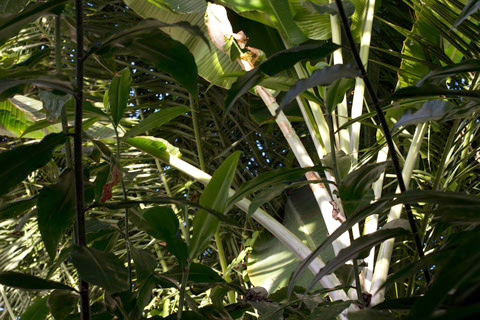
The Plant House was built in the beginning of the 1900th century. It is divided into three different parts; The Tropical House, Temperate House, and the Palm House, which is the central part of the Plant House. As you may have guessed, it is the high part where you see all the palm trees from all over the world. Here you can see date palms, Chinese fan palms, and even a banana plant!
To the left of the main entrance, you find the tropical house, with plants like orchids, peperomias and begonias. Here you can also find pineapple, cotton, cocoa, coffee, sugar cane, papyrus and vanilla. See if you can find them!

On the right side of the entrance you find the temperate house, with a typical Mediterranian climate. This house is less humid than the tropical house, because its home to a big collection of desert plants who like their weather it hot and dry. Here you find cacti, but also shrubs and small trees, like the blue shaded Eucalyptus from Australia! See if you can find meat eating plants like the Dionaea muscipula! I am glad these plants are in their own glass house!
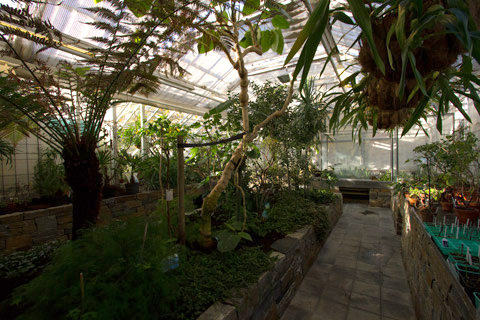
Within the plant house are benches so you can sit and enjoy the place if you like. Sadly, though, the house is now closed for visitors because it needs maintenance. The good news is that the house is going to be fully renovated! I heard rumours that it's going to be a little bit higher! Have you seen the plant trees in the middle part of the Plant House? I think they will be very happy to get more space to grow in!
